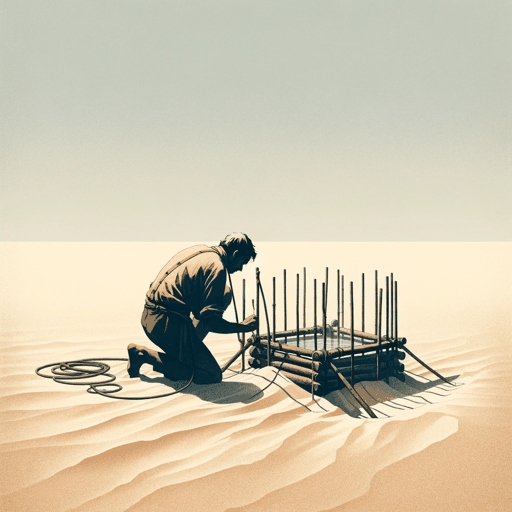48 pages • 1 hour read
Kōbō AbeThe Woman in the Dunes
Fiction | Novel | Adult | Published in 1962A modern alternative to SparkNotes and CliffsNotes, SuperSummary offers high-quality Study Guides with detailed chapter summaries and analysis of major themes, characters, and more.
Background
Authorial Context: Kōbō Abe
Kōbō Abe (1924-1993) was a writer, playwright, and photographer best known for his novel The Woman in the Dunes. Much of his work reflects his own personal biography, especially this novel. Highly regarded in Japan, Abe’s name was mentioned as a possible Nobel Prize nominee, but he died before the nomination could be issued.
Abe spent most of his childhood in Manchuria, though the family also spent time in Tokyo, where his father did medical research, and Hokkaido, where his mother grew up. He attended high school in Tokyo, but poor health forced him to return to Manchuria. He went back to Tokyo to study medicine, during which time he started writing short fiction. Abe claimed that moving around so much deprived him of a sense of having a hometown and, consequently, gave him a “hometown phobia,” as he told interviewer Nancy Shields in 1978, adding, “All things that are valued for their stability offend me” (Shields, Nancy. Fake Fish: The Theater of Kobo Abe. Weatherhill, 1996). This theme of Stability Versus Movement arises in The Woman in the Dunes in several places as the man contemplates the nature of sand, giving 







Related Titles
By Kōbō Abe

